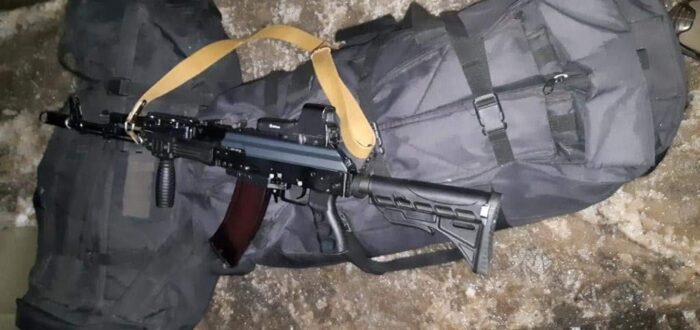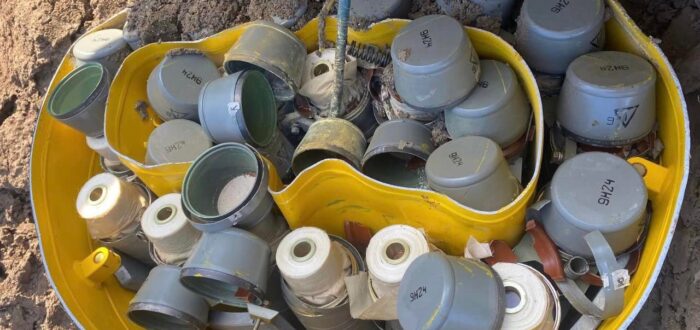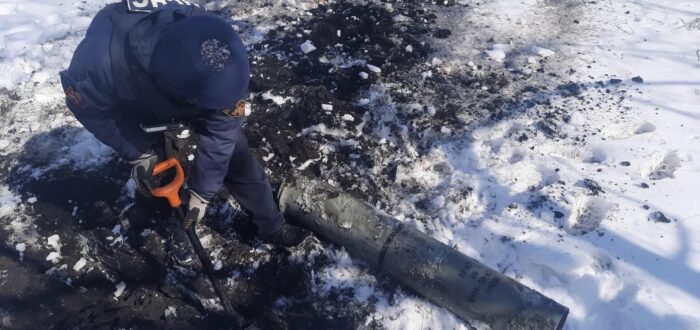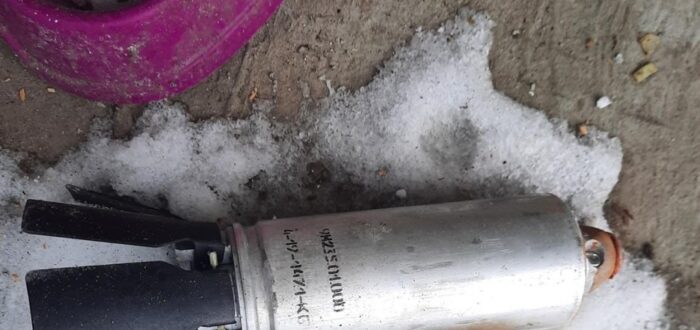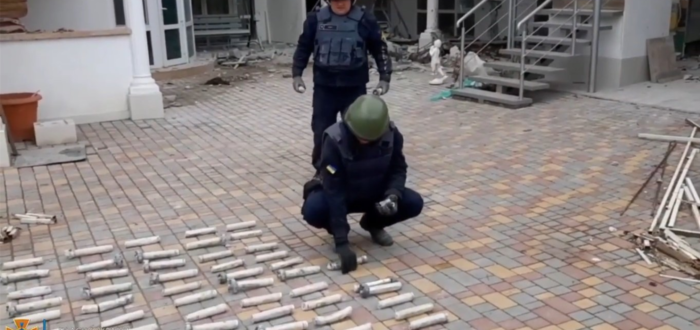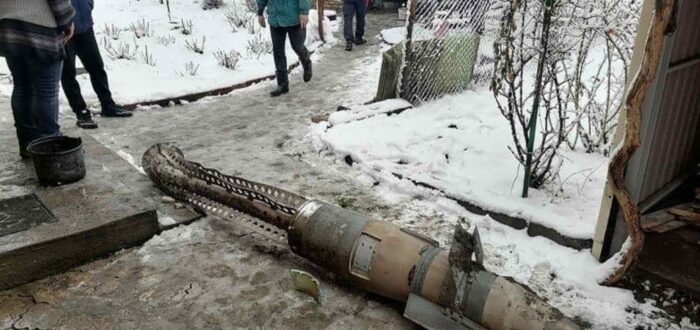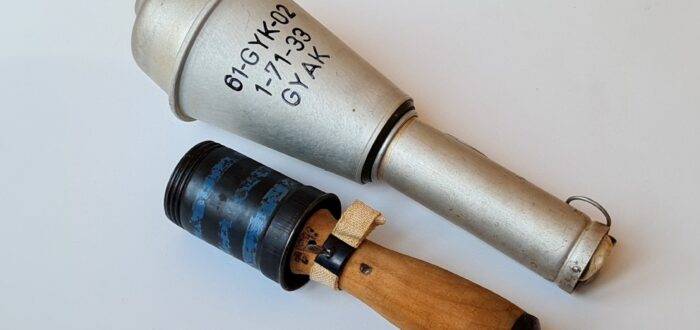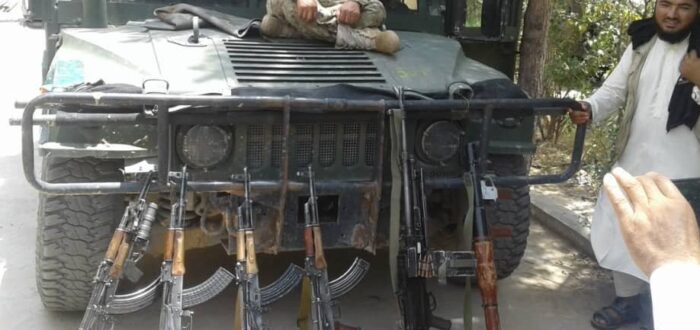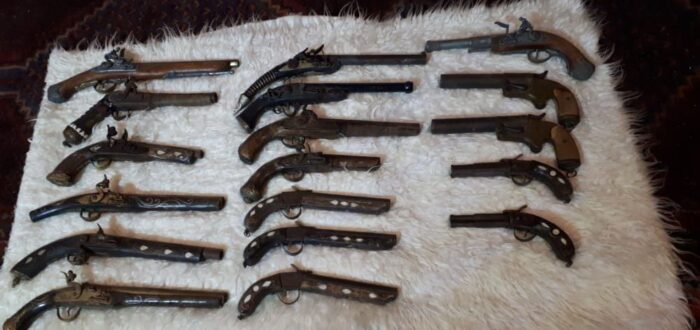Mick F. Editor’s Note: This article has an information cut-off date of 9 March 2022. On the morning of 24 February 2022, the Russian Federation invaded Ukraine. The opening strikes were made with air-delivered and surface-to-surface guided and unguided munitions, with the ground invasion commencing immediately after the first attacks. The invasion was focused on

